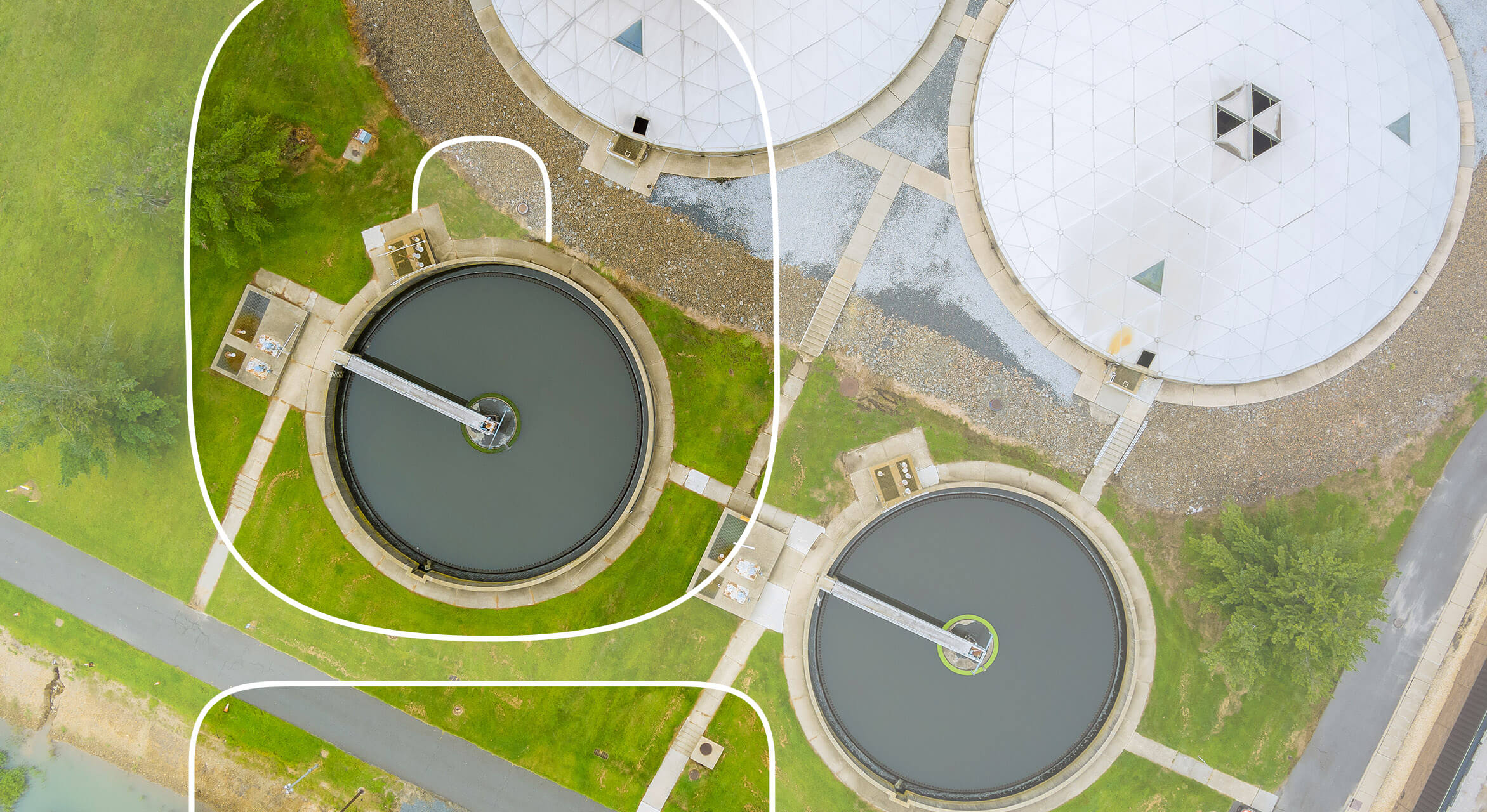How Advanced Wastewater Treatment Methods Help the Ecosystem
How Advanced Wastewater Treatment Methods Help the Ecosystem
Blog Article
Recognizing Wastewater Treatment Processes and Their Environmental Influence
The details of wastewater treatment processes play an essential duty in mitigating ecological obstacles connected with water pollution. Each stage, from preliminary to advanced therapies, is designed to deal with certain contaminants, ultimately protecting both public health and aquatic ecological communities.
Review of Wastewater Therapy
Just how is wastewater transformed into a risk-free resource for the setting? Wastewater therapy is a crucial process made to remove pollutants from used water, therefore safeguarding public health and wellness and shielding ecological communities. This process begins with the collection of wastewater from property, commercial, and commercial sources, which is then directed to treatment centers.
At these centers, various physical, chemical, and organic techniques are used to deal with the wastewater. First testing gets rid of big particles, adhered to by sedimentation to different larger solids. Ultimately, organic therapies, such as triggered sludge procedures, use bacteria to break down natural matter. These methods not just minimize toxin degrees but also promote the recovery of valuable nutrients.
The treated effluent can be safely discharged into natural water bodies or reused for irrigation and industrial objectives, advertising resource preservation. Additionally, the treatment process produces biosolids, which can be repurposed as plant foods or dirt modifications, even more boosting sustainability.
Stages of Therapy Procedures
The wastewater treatment process commonly is composed of three key phases: preliminary, key, and additional treatment. Each phase serves an unique function in minimizing the contaminant tons and making certain the effluent satisfies environmental standards prior to discharge.

The main therapy phase concentrates on the physical splitting up of suspended solids from the wastewater. Via sedimentation, heavier particles clear up at the end of sedimentation tanks, developing sludge, while lighter materials, such as oils and greases, float to the surface and are skimmed off. This procedure significantly lowers the natural and not natural lots in the wastewater.
Second treatment is an organic procedure aimed at more minimizing the concentration of natural matter. This phase is crucial for accomplishing the needed biochemical oxygen demand (FIGURE) reduction, ultimately leading to cleaner effluent all set for discharge or further treatment.

Advanced Treatment Technologies
Adhering to the second therapy processes, advanced therapy innovations play an important role in further improving the high quality of treated wastewater. These technologies are designed to remove recurring pollutants that are not efficiently gotten rid of visit this web-site during main and secondary treatments, ensuring the effluent fulfills rigid regulatory criteria.
Amongst the widely made use of advanced therapy methods are membrane layer purification, reverse osmosis, and advanced oxidation processes. Membrane layer filtering, consisting of microfiltration and ultrafiltration, is reliable in dividing great fragments, microorganisms, and colloids from the water (Wastewater). Reverse osmosis makes use of semi-permeable membrane layers to get rid of liquified solids, leading to premium water ideal for different applications
Advanced oxidation processes (AOPs) employ solid oxidants to weaken natural contaminants, consisting of drugs and personal treatment products that are resistant to conventional treatment. These techniques boost the biodegradability of intricate compounds, promoting their elimination.
An additional substantial technology is the usage of biological nutrient removal procedures, which especially target nitrogen and phosphorus, preventing eutrophication in obtaining water bodies. On the whole, sophisticated therapy modern technologies are crucial for accomplishing greater levels of filtration, advertising water reuse, and safeguarding public health while addressing the difficulties connected with wastewater management.
Environmental Benefits of Therapy
Various environmental benefits develop from effective wastewater treatment procedures that contribute to ecosystem wellness and sustainability. Mainly, these processes considerably minimize the launch of hazardous contaminants into natural water bodies, which aids keep water environments. By eliminating pollutants such as heavy metals, nutrients, and pathogens, dealt with wastewater minimizes the danger of waterborne illness and promotes biodiversity in marine atmospheres.
In addition, wastewater treatment centers frequently utilize innovative technologies that enable water recycling and reuse. This method not just saves fresh water resources however additionally minimizes the you could try here need on all-natural water supplies. Enhanced nutrient elimination from wastewater can additionally protect against eutrophication, a process that brings about algal blossoms and succeeding oxygen exhaustion in aquatic systems.
Additionally, effective therapy processes can reduce greenhouse gas emissions, specifically methane and laughing gas, which are frequently released throughout neglected wastewater decay. By catching and using biogas from anaerobic digesters, facilities can transform waste right into sustainable energy, consequently adding to a decrease in fossil gas reliance.
Obstacles and Future Trends
While the ecological advantages of wastewater treatment are clear, a number of obstacles continue that prevent ideal outcomes visit this website in this field. One significant problem is aging framework, which commonly causes ineffectiveness and raised operational costs - Wastewater. Several treatment plants were created years ago, and their capabilities do not align with modern needs, that include stricter governing criteria and greater volumes of wastewater due to urbanization

Looking ahead, there is an expanding emphasis on resource recuperation and circular economy principles within wastewater treatment. Advancements such as anaerobic food digestion, which can create biogas, and progressed filtration technologies are gaining grip. These approaches not just enhance treatment effectiveness however likewise advertise sustainability.
Inevitably, attending to these challenges calls for cooperation amongst stakeholders, financial investment in technology, and a dedication to continuous research study. By accepting these patterns, the wastewater therapy sector can evolve to fulfill the demands of a changing environment and society.
Final Thought
In conclusion, wastewater treatment procedures play a crucial role in boosting environmental quality and public wellness. The multi-stage treatment framework, paired with innovative technologies, successfully mitigates pollution and promotes lasting water management.
Report this page